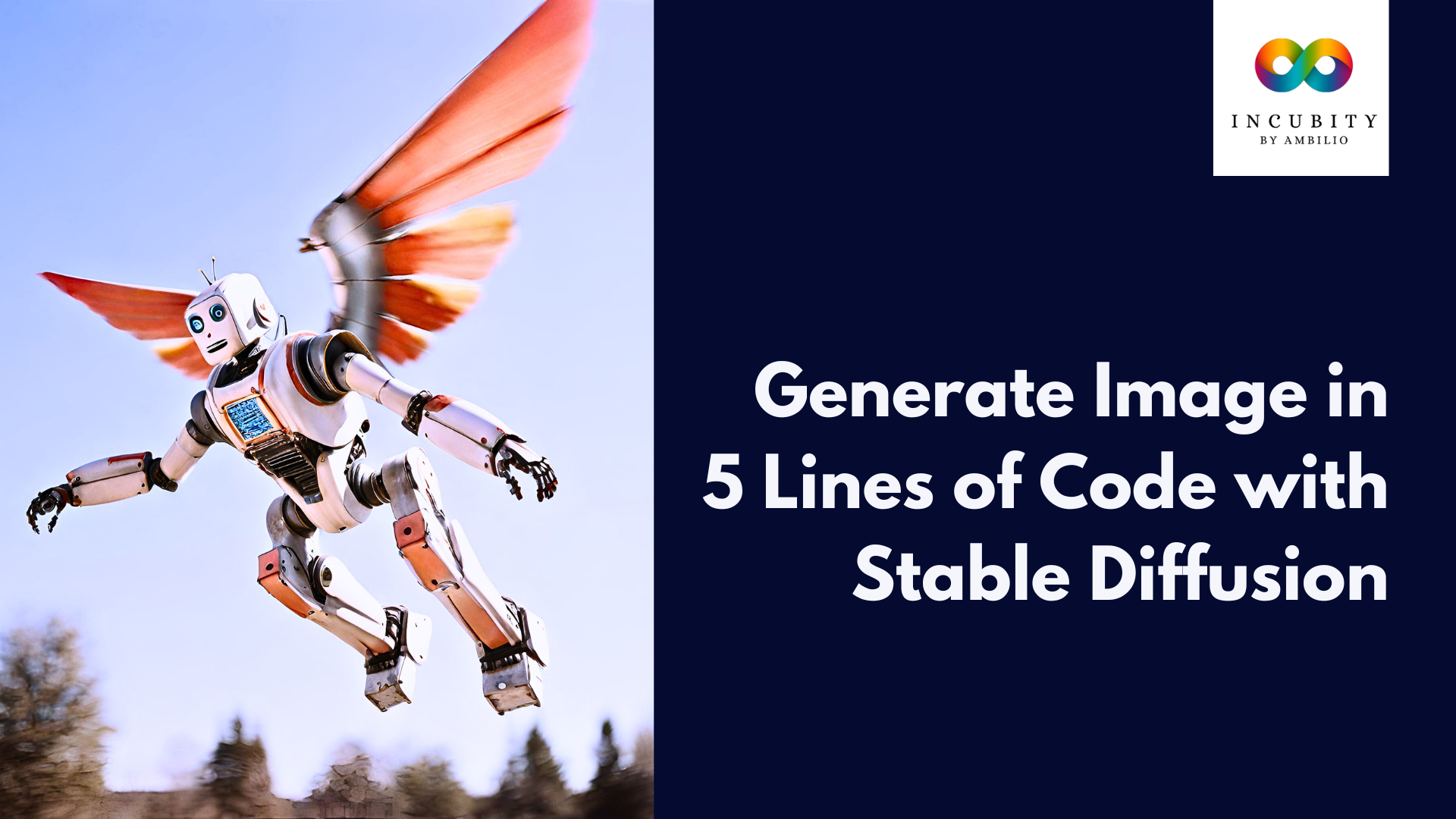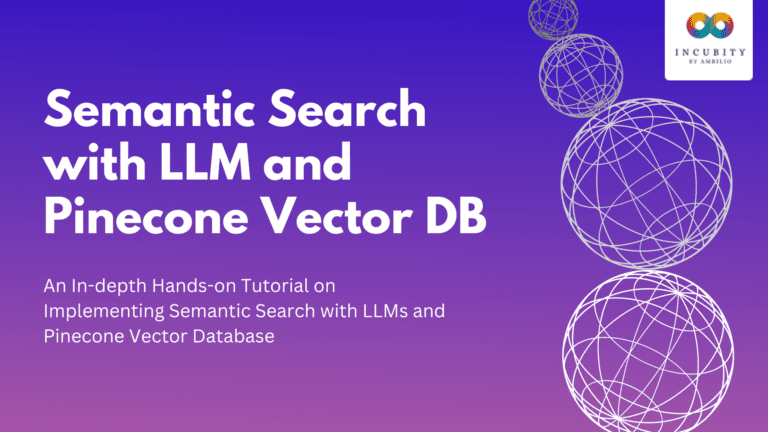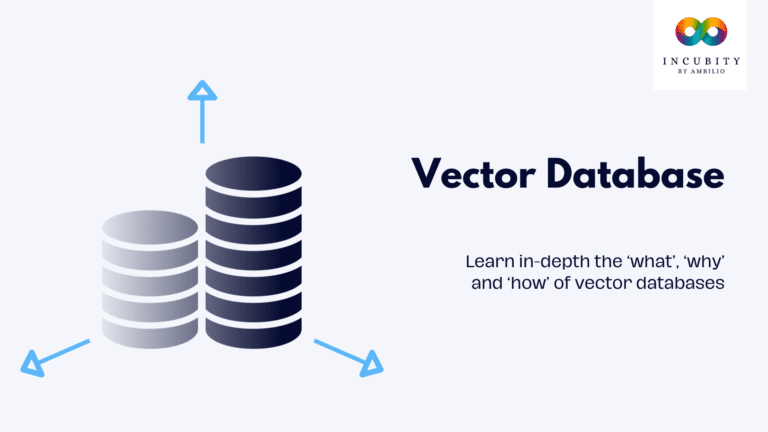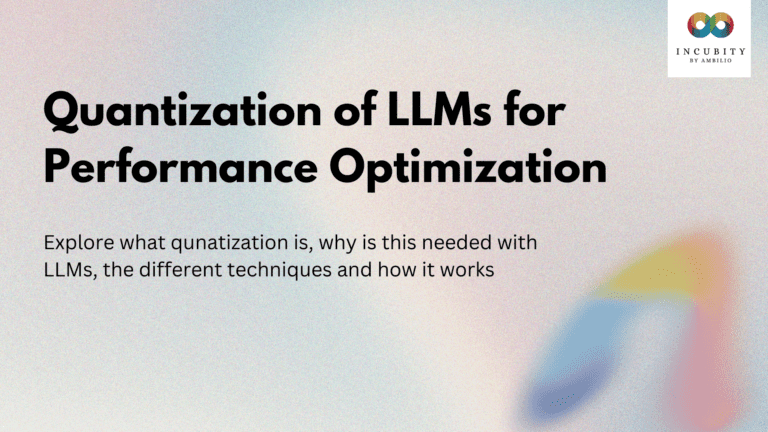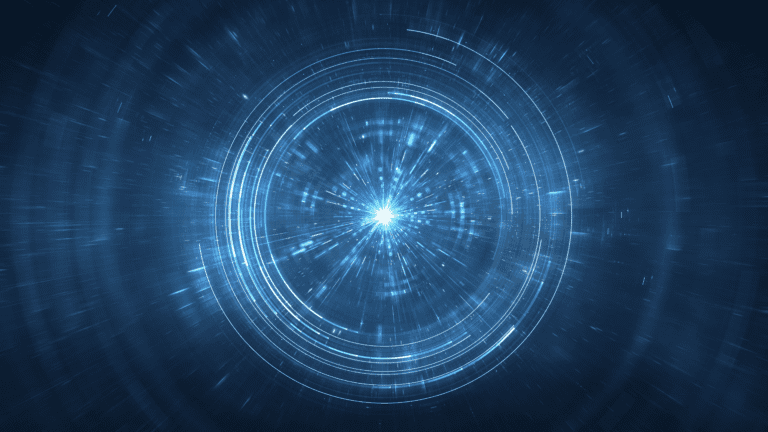Stable Diffusion revolutionizes AI-powered image generation, harnessing text prompts to conjure vivid images with remarkable precision. In this tutorial, we delve into Stable Diffusion’s prowess, unveiling its ability to generate intricate images from mere textual descriptions. We explore its mechanisms, capabilities, and walk through a hands-on implementation, demonstrating the magic of converting text into stunning visual art with just a few lines of code.
Stable Diffusion: Unveiling Image Generation’s Marvel
Stable Diffusion stands as an innovative paradigm in image generation, harnessing a latent diffusion architecture to bridge the gap between textual prompts and intricate visual synthesis. At its core, this cutting-edge deep learning model reimagines the generation process by traversing a reduced-definition latent space, translating textual descriptions into high-fidelity visual representations. Developed on the foundation of variational autoencoders (VAEs) and U-Nets, Stable Diffusion epitomizes a convergence of sophisticated neural components aimed at empowering nuanced and personalized image generation.
How Stable Diffusion Works
1. Embeddings and Latent Space:
Stable Diffusion adopts a latent diffusion framework, compressing image data into a reduced-dimensional latent space. Through embeddings derived from textual prompts, it encapsulates semantic information within this latent space, facilitating manipulability and synthesis aligned with textual descriptions.
2. Forward and Backward Diffusion Process:
- Forward Diffusion: In the initial phase, Gaussian noise is iteratively added to encode images. This process progresses until the image devolves into random noise, rendering it indistinguishable.
- Reverse (Backward) Diffusion: This parameterized process reverses the effects of forward diffusion, iteratively restoring the image from the noise. Guided by conditioning inputs, it refines the noise to regenerate precise visual outputs aligned with the provided textual cues.
3. Conditioning Mechanism:
Stable Diffusion integrates conditioning inputs, primarily textual prompts encoded into embeddings. These prompts guide the diffusion process, steering image generation and enabling the model to align the synthesized visual outputs precisely with the context described in the textual cues.
Key Features of Stable Diffusion
- Latent Diffusion Framework: Utilizes VAEs and U-Nets for encoding, decoding, and refinement of images, ensuring high-fidelity output.
- Textual Guidance: Leverages conditioning inputs, primarily text prompts, to steer image generation aligned with textual cues.
- Resolution Flexibility: Adaptability to varying image resolutions, handling diverse image sizes effectively.
- Bias Mitigation: Proactively addresses biases ingrained in training data, striving for equitable representation and fostering personalized image generation.
- Enhanced Image Synthesis: Offers high-quality and nuanced visual outputs, responding accurately to provided textual cues.
Hands-on Implementation: Harnessing Stable Diffusion’s Magic
Walkthrough for implementing Stable Diffusion in just a few lines of code: setting up the environment, initializing the StableDiffusionPipeline, and generating images from text prompts. Showcase multiple examples, altering descriptions to witness varied visual outputs. Emphasize the simplicity and power encapsulated in the concise code, enabling anyone to venture into text-to-image generation effortlessly.
Conclusion
Stable Diffusion stands at the forefront of AI-driven image synthesis, bridging the gap between language and visuals. Its seamless transformation of text into captivating images showcases the potential of AI in creative endeavors. This hands-on tutorial unlocks the gateway to harnessing Stable Diffusion’s capabilities, inviting enthusiasts and practitioners to explore the fusion of text and imagery, redefining the landscape of generative AI.

